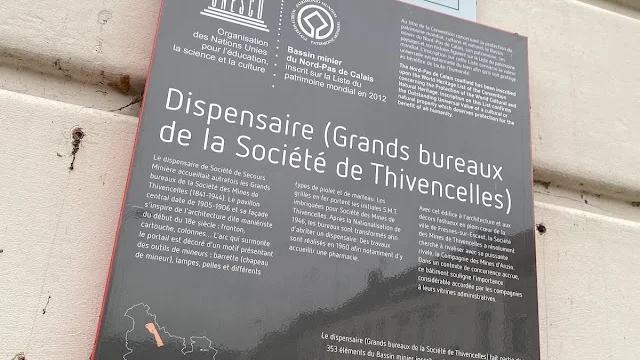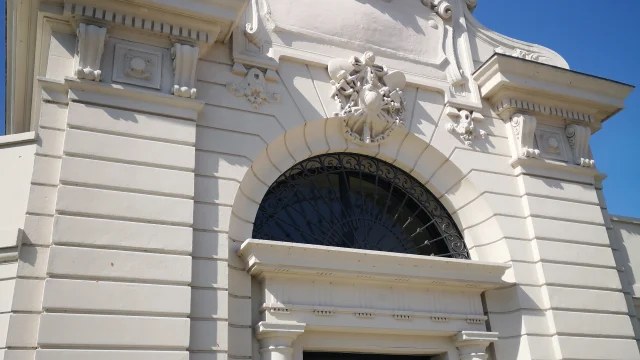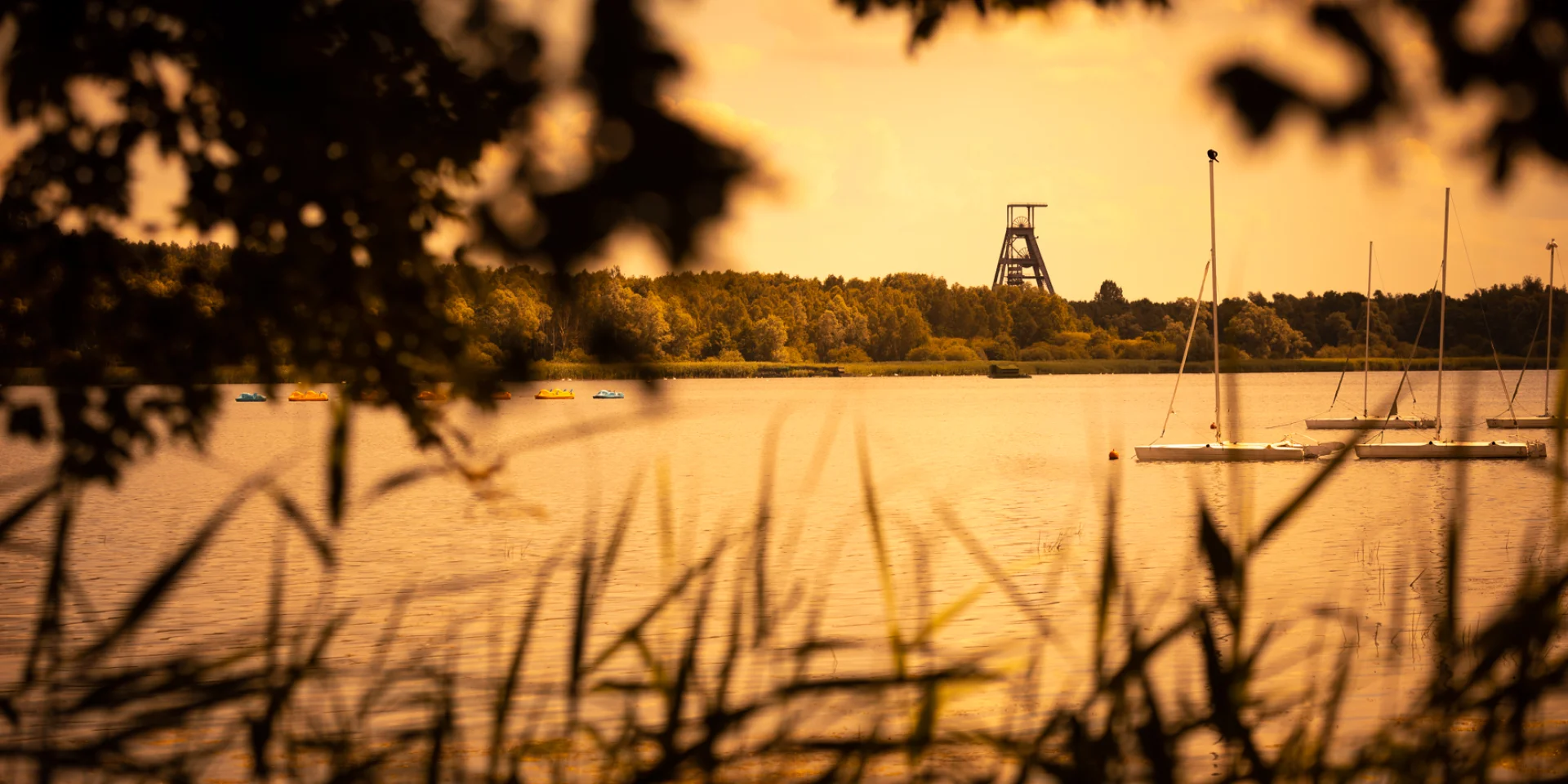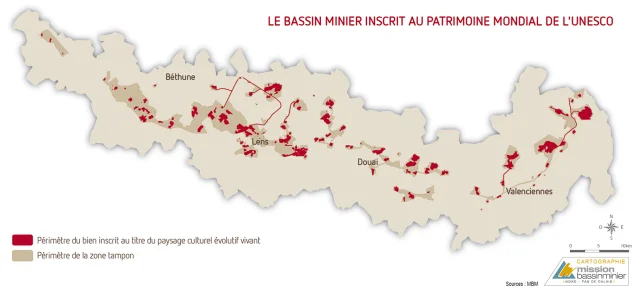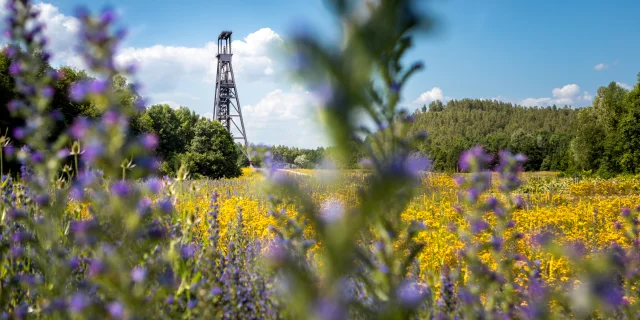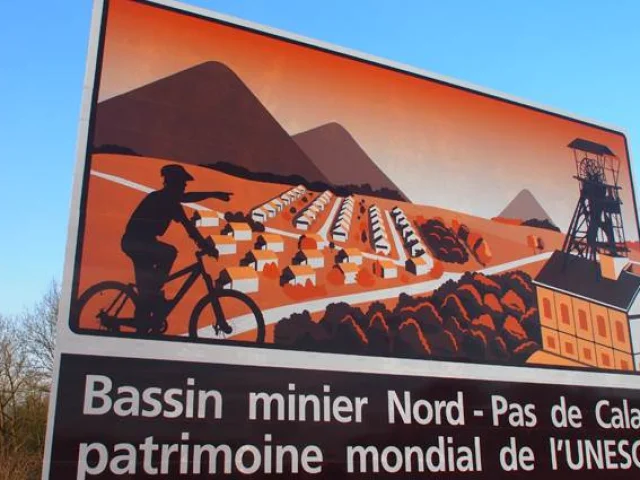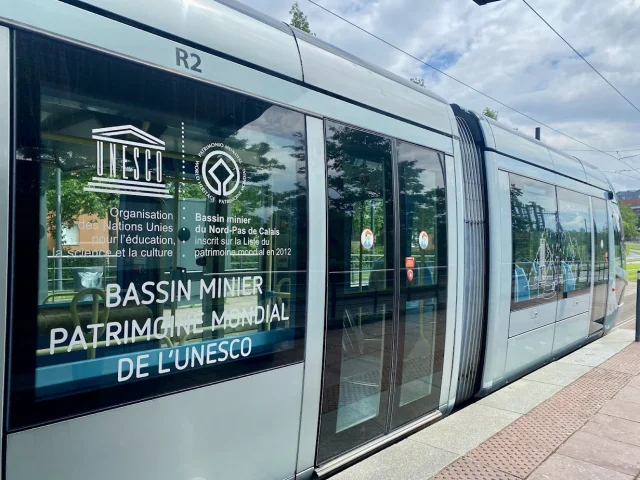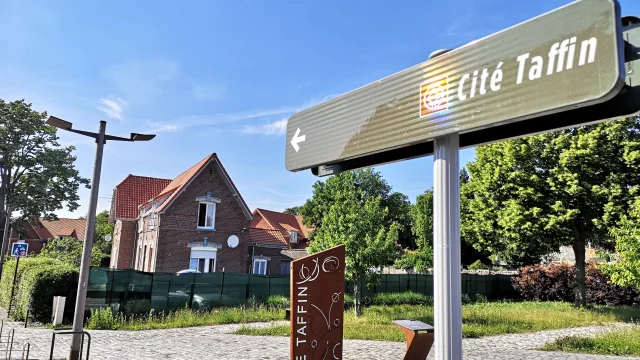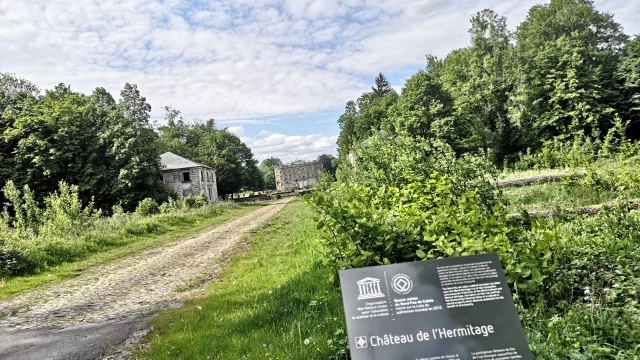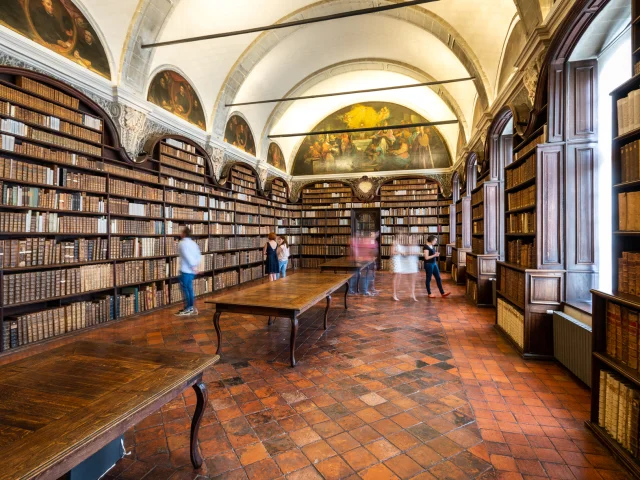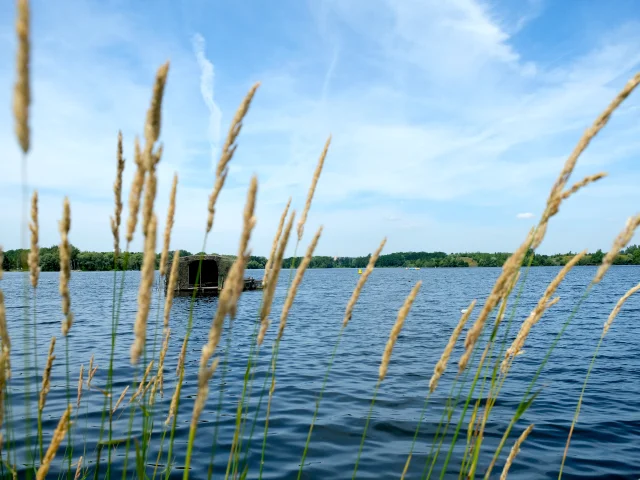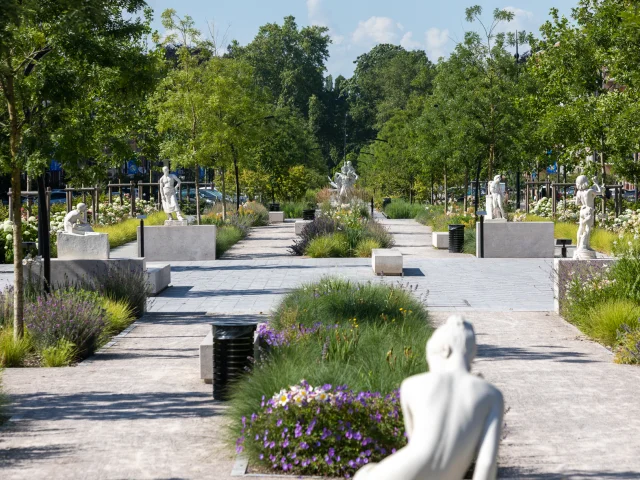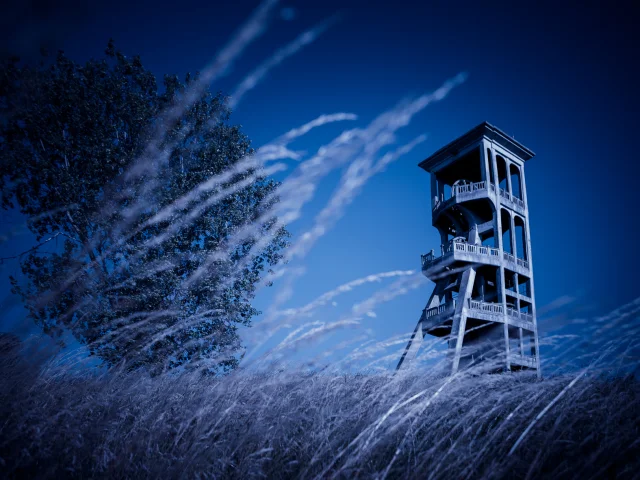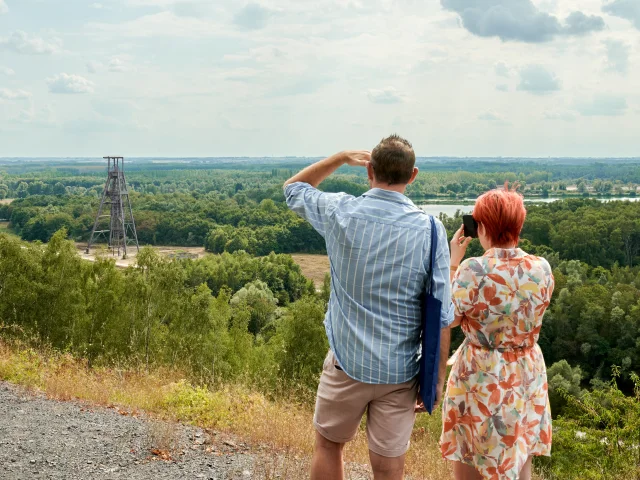The World Heritage perimeter
Outstanding universal value
More than 1,200 items of mining heritage, of varying quality, have now been identified. In order to be included on the List, it was necessary to define a perimeter of inscription that would bear the Outstanding Universal Value (U.U.V.). Heritage was prioritized and selected according to multiple criteria: integrity, authenticity, architecture, urban planning, history, geology, geography, landscape diversity, state of conservation, protection and management…
In the end, 25% of the total mining heritage was selected.
The buffer zone encompasses objects and groups of buildings from the mining heritage which, while not meeting the requirements of outstanding universal value, contribute to the historical and landscape interpretation of the coalfield.
THE PERIMETER IN FIGURES
89 communes covered by the perimeter,
124 communes with buffer zone,
353 features covering 4,000 ha of landscape, including
17 significant pits or remains,
21 headframes, 51 slag heaps, 54 km of stairways,
3 railway stations, 124 housing estates, 38 schools and
26 religious buildings,
22 health facilities,
7 miscellaneous community facilities,
3 large mining company offices…
